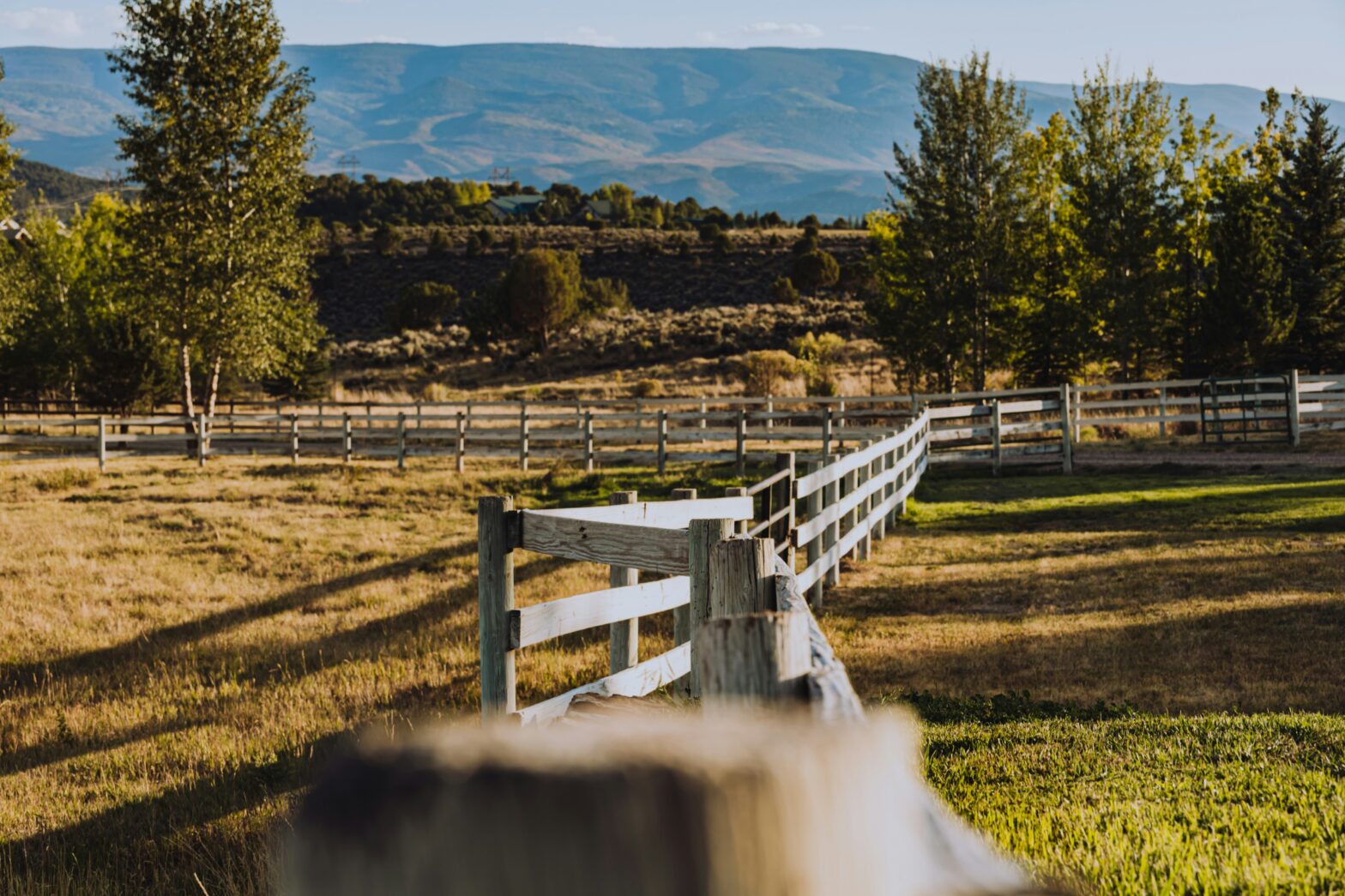Just in time to make your New Year’s travel plans, National Geographic revealed the planet’s 25 most exciting destinations for 2022.
Nat Geo Travel’s global editors compiled the list which is further stratified across five categories: Nature, Adventure, Sustainability, Culture and History, and Family. In honor of UNESCO’s 50 years of preserving the world’s natural and cultural treasures, several World Heritage Sites are peppered throughout the selections. See which destinations made the cut.
1. Nature: Lake Baikal, Russia
https://www.instagram.com/p/CUWoqxUsenK/
The world’s only exclusively freshwater seal, the nerpa, is one of 1,200 Lake Baikal plant and animal species found nowhere else on earth.
2. Namibia
https://www.instagram.com/p/CW08aGuKWhY/
Head to Mahango Game Park to see large herds of elephants, hippos, crocodiles, and almost all the antelope species of Namibia, including the elusive semiaquatic sitatunga.
3. Victoria, Australia
https://www.instagram.com/p/CWiBZGjPhVN/
New wildlife sanctuary Wildlife Wonders provides a safe space for native species and other beloved animals such as koalas, wallabies, and bandicoots.
4. Belize
https://www.instagram.com/p/CWmHaQqsrB2/
The combination of the Belize Maya Forest Reserve and the neighboring Rio Bravo Conservation Management Area (RBCMA) protects nearly a tenth of Belize’s land area.
5. Northern Minnesota
https://www.instagram.com/p/CLX12BHDUC6/
Northern Minnesota boasts very little pollution, making way for clear, starry night skies.
6. Adventure: Arapahoe Basin, Colorado
https://www.instagram.com/p/CVLsQeALrRg/
North America’s highest via ferrata which tops out at 13,000 feet, offers incomparable views of the Continental Divide.
7. Palau
https://www.instagram.com/p/CWQZYcfMHyn/
Why visit? “From the air, Palau looks like paradise on earth,” says Pristine Seas founder and National Geographic Explorer in Residence Enric Sala. “When you get underwater, you’re transported to a different world.”
8. Seine River, France
https://www.instagram.com/p/CKrDVFEljGg/
La Seine à Vélo is a new cycling trail open since October 2020. The 270-mile route covers 15 stages through protected natural areas.
9. New Brunswick, Canada
https://www.instagram.com/p/CWgpm_ppBOP/
The Sentier Nepisiguit Mi’gmaq Trail extends 93 miles along the Nepisiguit River and follows ancient portage pathways used by the nomadic Mi’gmaq.
10. Costa Rica
https://www.instagram.com/p/CWqpql6sAKN/
El Camino de Costa Rica is a 174-mile-long, 16-stage hiking route along public roads and through remote villages and towns, Indigenous Cabecar lands, and protected natural areas.
11. Sustainability: Yasuní National Park, Ecuador
https://www.instagram.com/p/CDZ_XjGA1CU/
Yasuní is considered one of the most biodiverse places on the planet and home to a variety of creatures like anteaters, capybaras, sloths, spider monkeys, and about 600 species of colorful birds.
12. Chimanimani, Mozambique
https://www.instagram.com/p/COaSy_kgsC4/
The wildlife population was a casualty of civil unrest decades ago, but small numbers of elephants remain, as well as at least 42 other species of mammals and a robust variety of birds and plants.
13. Ruhr Valley, Germany
https://www.instagram.com/p/CWyjZR6s4DM/
Karola Geiss-Netthöfel, director of the Ruhr Regional Association, told National Geographic that, “People visiting the Ruhr area are usually impressed by the abundance of green.”
14. Columbia River Gorge, Oregon/Washington
https://www.instagram.com/p/CWt1mvkPNW6/
The nation’s largest National Scenic Area covers an expansive 293,000 acres of public and private lands along the Columbia River Gorge.
15. Łódź, Poland
https://www.instagram.com/p/CVnnu-wotKJ/
Łódź (pronounced woodge) consists of one-third of green space and was named a UNESCO City of Film in 2017 for its rich cinematic culture.
16. Culture and History: Jingmai Mountain, China
https://www.instagram.com/p/Bt9V4g4gKWZ/
The Ancient Tea Plantations of Jingmai Mountain in Pu’er is set to become one of China’s newest UNESCO World Heritage sites in 2022. The world’s largest ancient artificially cultivated tea plantation features about 1.13 million tea trees, the oldest of which is 1,400 years old.
17. Hokkaido, Japan
https://www.instagram.com/p/CWktW5nPoKD/
The new National Ainu Museum and Park at Upopoy, which opened in 2020, provides opportunities to learn about the Ainu, the Indigenous people from the northern region of the archipelago.
18. Procida Island, Italy
https://www.instagram.com/p/CSUbWeZIfxp/
Procida is the Italian Capital of Culture 2022. Procida 2022 director Agostino Riitano explained their philosophy La cultura non isola (Culture does not isolate) to National Geographic.
“We are all like islands, creating our own archipelagos where culture has to be the mortar that holds them together; this is even more true following the effects of the pandemic.”
19. Atlanta, Georgia
https://www.instagram.com/p/BM4B_CnjXYF/
Georgia’s largest city, Atlanta, is a hub for Black entrepreneurship, incubating businesses such as plant-based burger chain Slutty Vegan and eco-conscious Sustainable Home Goods.
20. Tin Pan Alley, London
https://www.instagram.com/p/BiRrvHSniJh/
Denmark Street, known as Tin Pan Alley, was once the epicenter of the British music industry. The location was instrumental in helping to launch the British punk rock movement and legends like David Bowie, Elton John, and the Rolling Stones.
21. Family: Lycia, Turkey
https://www.instagram.com/p/CUSqRWrrkpY/
Lycia’s Teke Peninsula is one area where Yörük culture remains strong. According to National Geographic, “Teke Yörüks live a semi-nomadic life with their tents, kilim rugs, herds, shepherd dogs, and transhumant traditions, set against a mountainous, Mediterranean backdrop full of olive trees.”
22. Granada, Spain
https://www.instagram.com/p/CWTQE6vodul/
The Alhambra Palace is a UNESCO World Heritage Site and architectural marvel perched on a hill overlooking stunning Granada, Spain.
23. Eastern Shore, Maryland
https://www.instagram.com/p/CROvuA3r513/
Dorchester County on Maryland’s Eastern Shore is where abolitionist and political activist Harriet Tubman was born into slavery. It’s also where she sharpened the skills that would help her lead more than 70 family and friends to freedom.
24. Danube River
https://www.instagram.com/p/CV7USxoovvt/
Sailing the Danube has been likened to a fairy tale. The trip is laden with castle sightings, medieval towns, and palaces through 10 European countries including Germany, Austria, Slovakia, Hungary, Croatia, Serbia, Romania, Bulgaria, Moldova, and Ukraine.
25. Bonaire
https://www.instagram.com/p/CWuXPC6LAai/
Founded in 1979, The Bonaire National Marine Park has been on the provisional UNESCO World Heritage List since 2011. It houses 6,672 acres of coral reef, seagrass, and mangrove vegetation. Divers and snorkelers can potentially see up to 57 species of coral and more than 350 different fish species.





